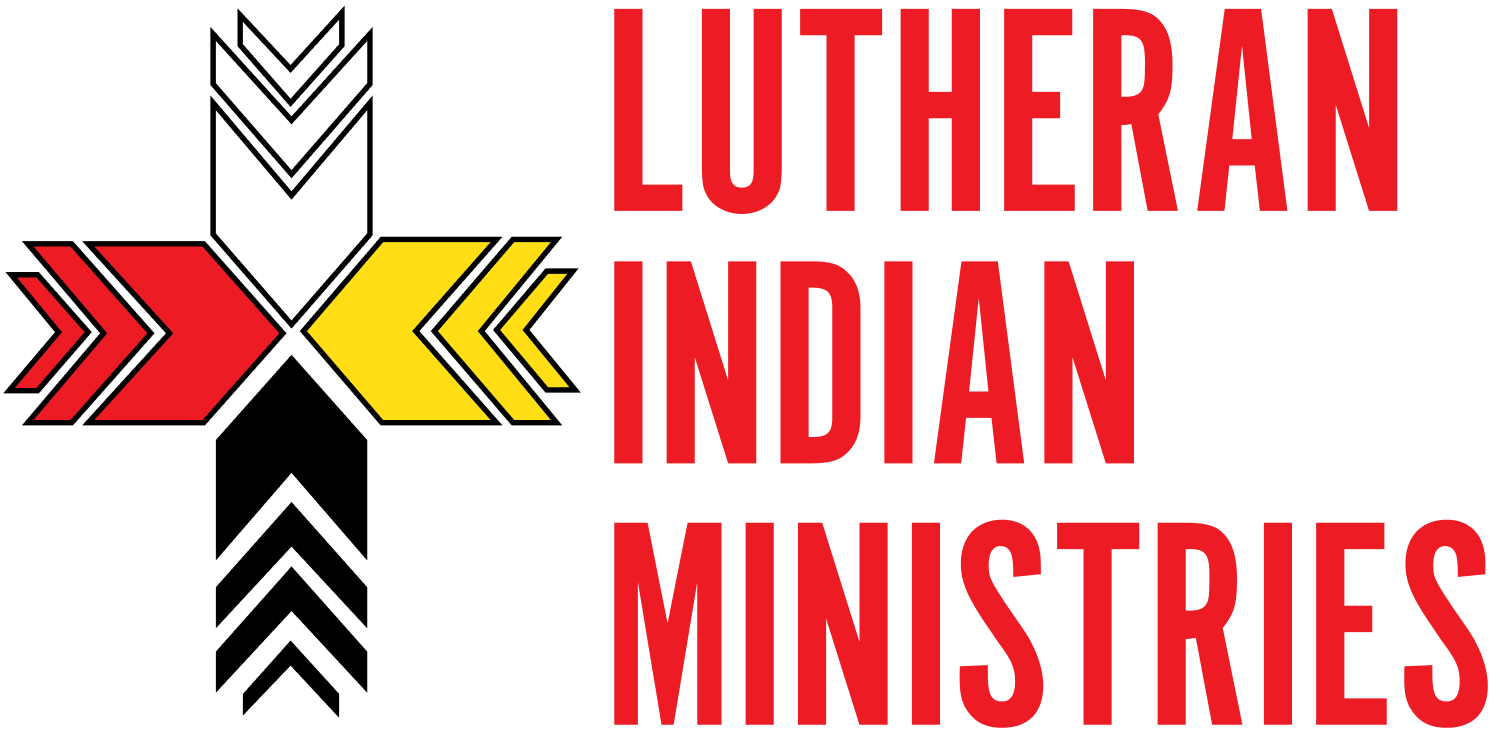This week in Native American News: Alaska's "birthday", the birth of a hotline, and the rebirth of self-worth
March 31, 2017
Great People Doing Great Things: Seattle Artist Calls for Ethical Purchases
Traces of Seattle’s Native American heritage are everywhere, from the Seahawks logo to totem poles at the Pike Place Market.
When Louie Gong, Native artist, looks at the huge non-Native market for mass produced clothing, housewares and toys adorned with Native-themed designs, Gong sees money diverted from the pockets of the rightful creators of those designs.
“There’s a healthy way to be inspired by Native themes,” Gong says. “But those healthy ways don’t include Googling ‘Native art,’ finding something you like, changing the colors and throwing it on a product.”
Gong says if big corporations want to use Native designs, they should hire Native American artists or directly license their work. Unfortunately, many of these artists lack the business savvy to market themselves. So Gong has started a program to teach the ins and outs of marketing their art.
Read more here
The Two Stories of Alaska's Purchase
One hundred and fifty years ago, on March 30, 1867, U.S. Secretary of State William H. Seward and Russian envoy Baron Edouard de Stoeckl signed the Treaty of Cession. With a stroke of a pen, Tsar Alexander II had ceded Alaska, his country’s last remaining foothold in North America, to the United States for US$7.2 million.
As a descendant of Inupiaq Eskimos, William L. Iggiagruk Hensley has been living and studying this history all his life. In a way, there are two histories of how Alaska came to be American – and two perspectives. One concerns how the Russians took “possession” of Alaska and eventually ceded it to the U.S. The other is from the perspective of the Alaska Native people, who have lived in Alaska for thousands of years, and for whom the anniversary of the cession brings mixed emotions, including immense loss but also optimism.
Read more here
Native Hawaiians Finding Self-Worth Through Culture-Based Recovery Program
Ku Aloha Ola Mau means “to stand in love and health forever,” and is the name of a nonprofit committed to welcoming those suffering from alcohol and drug addiction as haumana, or students, lovingly, for the rest of their lives. This unique program integrates holistic, Hawaiian cultural and spiritual approaches to recovery, as well as mental health therapy and medical treatment.
“All students before graduation have to take certain steps,” Cook describes. “They work the land. In working on the land they learn values – they practice what they’ve learned in classes. We help them change their thinking.”
Read more here
Hotline Created for Domestic Abuse Survivors
The first national domestic-violence hotline serving just tribal communities began taking calls last week.
The safe and confidential resource is available for Native American survivors of domestic violence and dating violence, who make up more than 84 percent of the entire U.S. Native population, according to a news release from the StrongHearts Native Helpline.
Native survivors in Nebraska, Kansas, and Oklahoma — the helpline’s initial service areas — will be able to connect at no cost, one-on-one, with knowledgeable StrongHearts advocates who will provide support, assist with safety planning and connect them with resources based on their specific tribal affiliation, community location and culture, the release said.
Read more here
A More-Hidden Hidden Figure
Math always called Mary Golda Ross’s name, and in 1942, armed with a master’s degree, she joined Lockheed Aircraft Corporation. As World War II raged, the company was working on new military aircraft. Ross helped them troubleshoot the P-38 Lightning, a fighter plane that came close to breaking the sound barrier and that engineers worried would collapse during dives. (Thanks to the work of Ross and her fellow mathematicians and engineers, Lockheed eventually realized that their fears were unfounded.)
Women had always been a part of Lockheed Martin, says Rhodes. Nonetheless, when Ross was recruited to join Skunk Works, the company’s then-top-secret think tank, she was the only woman aside from the secretary.
Much of Ross’s work will never be known because it was—and still is—classified. This frustrated the engineer, who later told an interviewer that her work with NASA “was a lot more fun since you could talk about it.”
Read more about this Hidden Figure
Call for Mural Artist
The City of Fayetteville, Arkansas and Fayetteville Arts Council are struggling to find artists to paint the Trail of Tears mural located on the Tsa La Gi Trail.
Arkansas designated money from the General Assembly stored for improvement of the Trail of Tears sites in Washington County but wasn’t discovered until recently.
“(When) trying to figure out what to do with it, we thought it would be good to do a mural,” said Dede Peters, the Fayetteville Arts Council community outreach coordinator. “In one way, it’s kind of good that it hasn’t been used.”
More logistics about the mural has yet to be decided, including the potential artists, Peters said.
Read more here
It's hard to fit so much news in such a small space.
To read all of this week's news, visit the LIM Magazine.
Sign up to get these emails in your inbox and never miss a week again!







